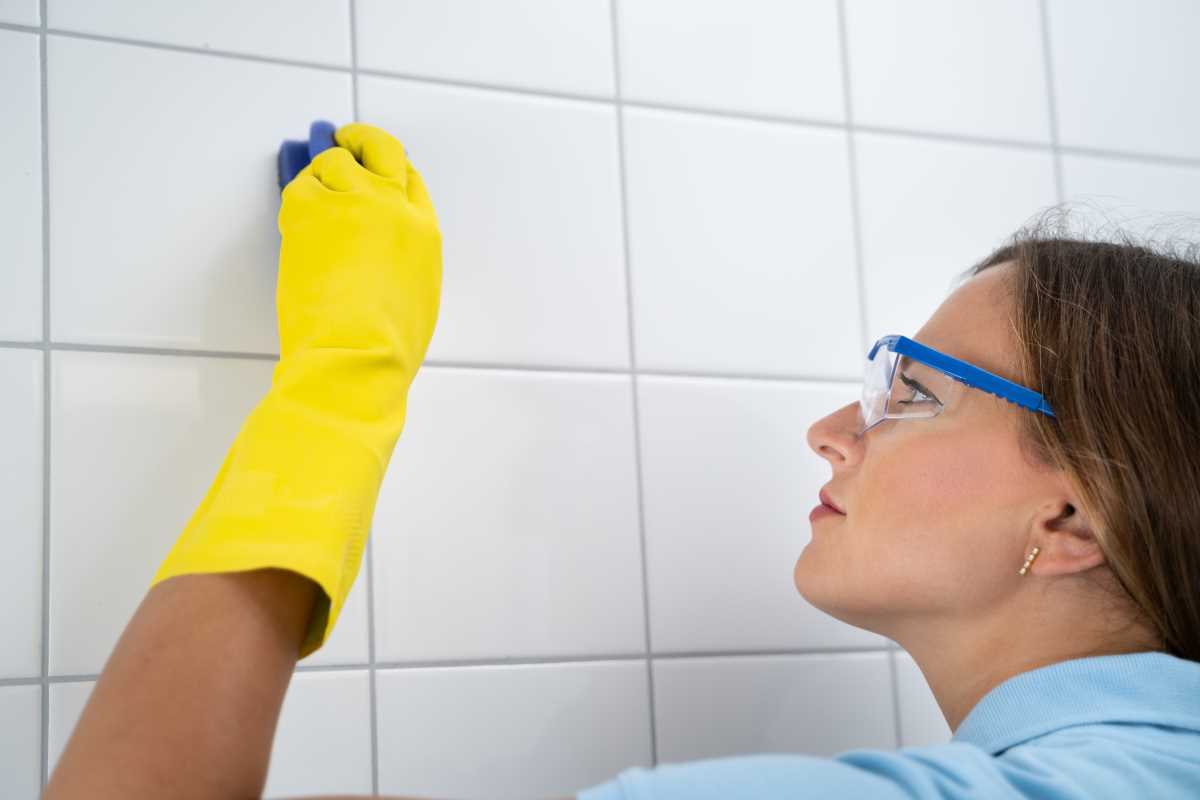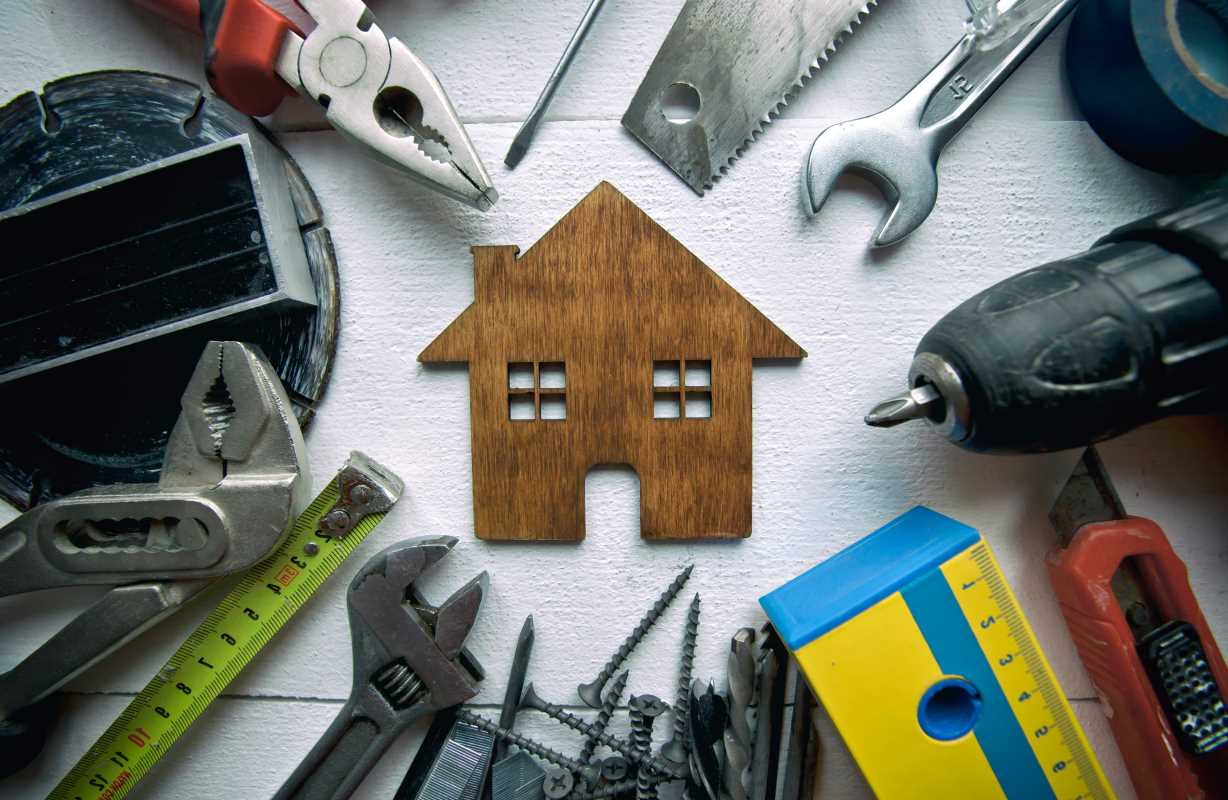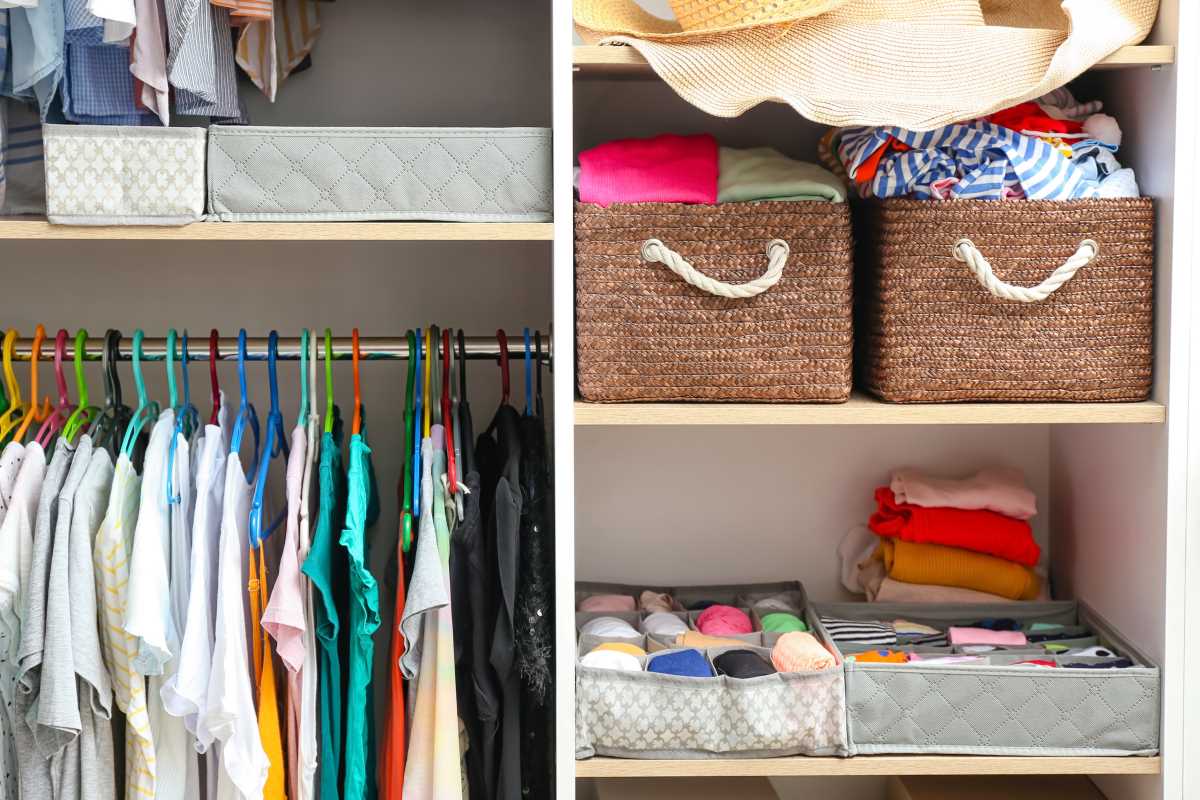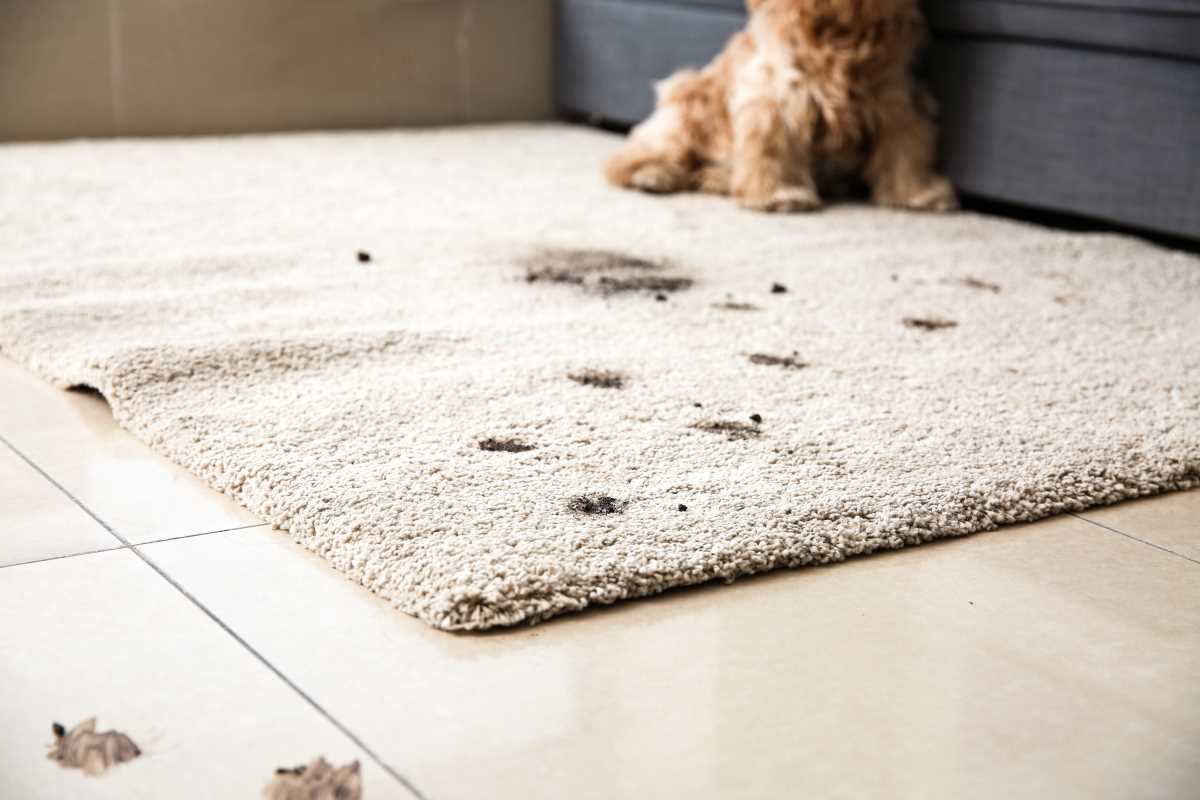Bathrooms are one of the dampest areas in a home, making them prime real estate for mold growth. For parents, keeping bathrooms mold-free isn’t just about cleanliness; it’s about protecting your family’s health and ensuring your kids spend time in a hygienic space. Mold spores can trigger allergies, asthma, or other respiratory problems, especially in children. The good news? Preventing mold doesn’t have to feel overwhelming. With these actionable tips, you can ensure your bathroom stays fresh, safe, and mold-free.
Why Is Mold a Problem in Bathrooms?
First, let's talk about why mold thrives in bathrooms. Mold needs moisture, warmth, and organic material to grow. Bathrooms provide all three, thanks to frequent showers, baths, and sinks that create humidity and leave surfaces damp. Plus, soap residues and skin oils can act as a food source for mold, making showers and sinks even more susceptible to growth.
For parents, this isn’t just an eyesore or inconvenience. Mold exposure can lead to:
- Respiratory issues like coughing, wheezing, and throat irritation.
- Allergic reactions, such as itchy eyes or skin rashes.
- Severe complications in children with asthma, allergies, or weakened immune systems.
The risk is even higher for babies or toddlers, whose immune systems are still developing. With this context, it should be clear why mold prevention is essential for families.
1. Improve Ventilation
Poor airflow is one of the main contributors to mold growth. Without ventilation, steam and moisture linger, creating the perfect environment for mold to thrive. Improving ventilation can prevent mold buildup and make your bathroom far easier to maintain.
Action Steps:
- Use an Exhaust Fan
- If your bathroom doesn’t have an exhaust fan, consider installing one as a priority. For homes with fans in place, ensure they’re working effectively by checking for dust buildup. Clean your exhaust fan or replace it if it’s no longer functioning well. For maximum efficiency, run the fan not just during baths or showers but for 15–30 minutes afterward to pull out residual moisture in the air.
- Open Windows and Doors
- If your bathroom has a window, take advantage by opening it during and after showers. A simple habit like leaving the bathroom door open after bathing can also significantly improve ventilation. Get kids involved by explaining how leaving the door open helps the bathroom ‘breathe.’
- Dehumidifiers
- For older homes or homes in humid climates, a small bathroom dehumidifier may be an excellent investment. Choose compact models designed specifically for bathrooms. Empty the reservoir daily and ensure the system is regularly cleaned to avoid creating a new source of moisture.
2. Don’t Skip Regular Cleaning
For busy parents, cleaning might feel like an unending chore. But when it comes to bathrooms, developing consistent cleaning routines can save you trouble in the long run. Regular cleaning prevents the buildup of grime, soap scum, and mold spores.
Action Steps:
- Weekly Scrubbing
- Commit to weekly deep-cleaning sessions for your bathroom. Use specialized bathroom cleaning products or natural solutions like vinegar and baking soda to scrub surfaces. Focus on high-risk areas like grout, corners of the shower, and areas behind the sink. Consider letting kids help by wiping down simple surfaces like sinks or faucets.
- Wipe Down Surfaces Daily
- After bathing, take a few minutes to dry surfaces where water has collected. This includes showers, tubs, countertops, and around faucets. A squeegee or microfiber cloth can make this an easy, streak-free task. Encourage older children to pitch in by wiping the walls or rinsing their toys to remove soap residue.
- Treat Small Mold Spots Immediately
- If you notice small patches of mold forming, tackle them right away before they spread. Use a mix of water and vinegar or pre-formulated mold cleaners to remove them. For stubborn spots, apply the cleaner and scrub using an old toothbrush.
- Check Hidden Spots Frequently
- Mold often starts in places you can’t see, such as behind shower curtains, underneath sinks, and around toilet seals. Make it a monthly habit to check these hidden spots during your cleaning routine. Doing so could prevent larger infestations later on.
3. Use Mold-Resistant Materials
Upgrading your bathroom with mold-resistant materials is highly effective if you’re planning renovations or looking for long-term solutions. These specialized materials are designed to resist mold growth and can reduce maintenance efforts for busy parents.
Action Steps:
- Paint with Mold-Resistant Additives
- Mold-resistant paints are a game-changer for bathrooms. These paints come with built-in antimicrobial properties aimed at discouraging mold spores from taking hold. If your bathroom walls are already painted, consider adding an anti-mold primer next time you repaint.
- Seal Grout and Caulk Regularly
- Grout and caulk are prone to water absorption, which makes them breeding grounds for mold. Seal tile grout every six months and inspect caulked areas for gaps or cracking. Replace old or damaged caulking with new waterproof varieties for maximum protection.
- Invest in Mold-Resistant Accessories
- Mold grows quickly on shower curtains, bath mats, and liners. Choose products labeled as mold-resistant. Be sure to wash and dry these items regularly. Simple measures like washing your shower curtain once a month and buying quick-dry mats can go a long way.
4. Reduce Clutter
Clutter can trap moisture, creating the perfect environment for mold. Keeping your bathroom organized not only makes the space look bigger and fresher but also reduces mold risks.
Action Steps:
- Limit Shower Products
- Instead of keeping several bottles in the shower, minimize it to one or two essentials. Store extras in organized baskets or cabinets far from wet surfaces.
- Handle Bath Toys Properly
- Bath toys easily grow mold inside them if water remains trapped. Choose toys that are easier to clean, like solid silicone options. Rinse them after every use, squeeze out excess water, and store them in a mesh net to air-dry.
- Declutter Surfaces
- Avoid placing product bottles, cloths, or tools on damp areas like shower edges. Instead, use wall-mounted organizers or corner shelving that keep items elevated and allow airflow underneath.
5. Address Leaks Promptly
Leaks might seem small, but they can lead to significant problems over time. Mold loves consistent moisture, and even a minor drip from a pipe or faucet provides an ideal habitat.
Action Steps:
- Perform Routine Inspections
- Look underneath sinks, around fixtures, and along the seals in your shower or bathtub. Wet spots, discoloration, or damp wood can all indicate leaks. Don’t ignore damp or warped floorboards, as this could also be a sign of hidden leaks.
- Replace Faulty Fixtures
- Dripping faucets or loose showerheads don’t just waste water; they can contribute to higher humidity levels. Replace damaged fixtures, and check that all connections are watertight.
- Call a Plumber When Needed
- If you can’t fix the problem yourself, call a professional. Addressing leaks quickly could prevent structural damage as well as mold growth.
6. Keep an Eye on Humidity Levels
Bathrooms in climates with high humidity are at greater risk of recurring mold issues. Monitoring and controlling humidity levels is a simple but effective prevention method.
Action Steps:
- Use a Humidity Monitor
- Purchase a hygrometer to keep an eye on humidity indoors. Bathroom humidity levels should ideally be below 50%. If your levels stay higher, consider additional ventilation measures or invest in a stronger exhaust fan.
- Cold Showers Help
- Although not always the most popular option among kids, reducing the temperature of your showers can decrease steam production and prevent excessive condensation on walls and mirrors. Even lowering your shower’s usual temperature by a few degrees helps.
- Keep Towels Dry
- Wet towels hanging in a closed-off space release significant moisture into the air. Insist on hanging towels on racks or taking them into a laundry area where they can dry fully.
7. Don’t Ignore the Shower or Bathtub
These areas bear the brunt of daily moisture and soap scum and are among the most common places for mold to grow. Keeping them a priority in your mold-prevention routine will pay off.
Action Steps:
- Clean Tile and Caulk Regularly
- Scrub tile grout, especially along corners, using a stiff brush. For deeper cleaning, use a paste made of baking soda and water. Reapply caulk when it starts to deteriorate.
- Dry the Tub After Use
- Simple habits like wiping the bathtub or rinsing away leftover soapsuds can prevent mold from taking root. Teach kids to rinse their bath toys and the tub after every bath.
- Install a Shower Squeegee
- A wall-mounted squeegee encourages everyone to take a moment to remove extra water from shower doors and tiles after each use. The same goes for glass shower enclosures, which should be wiped with a cloth or squeegee to prevent streaking and mold.
By implementing these tips and forming good habits, you can protect your bathroom from mold while ensuring a healthy and safe space for your family.
 (Image via
(Image via





